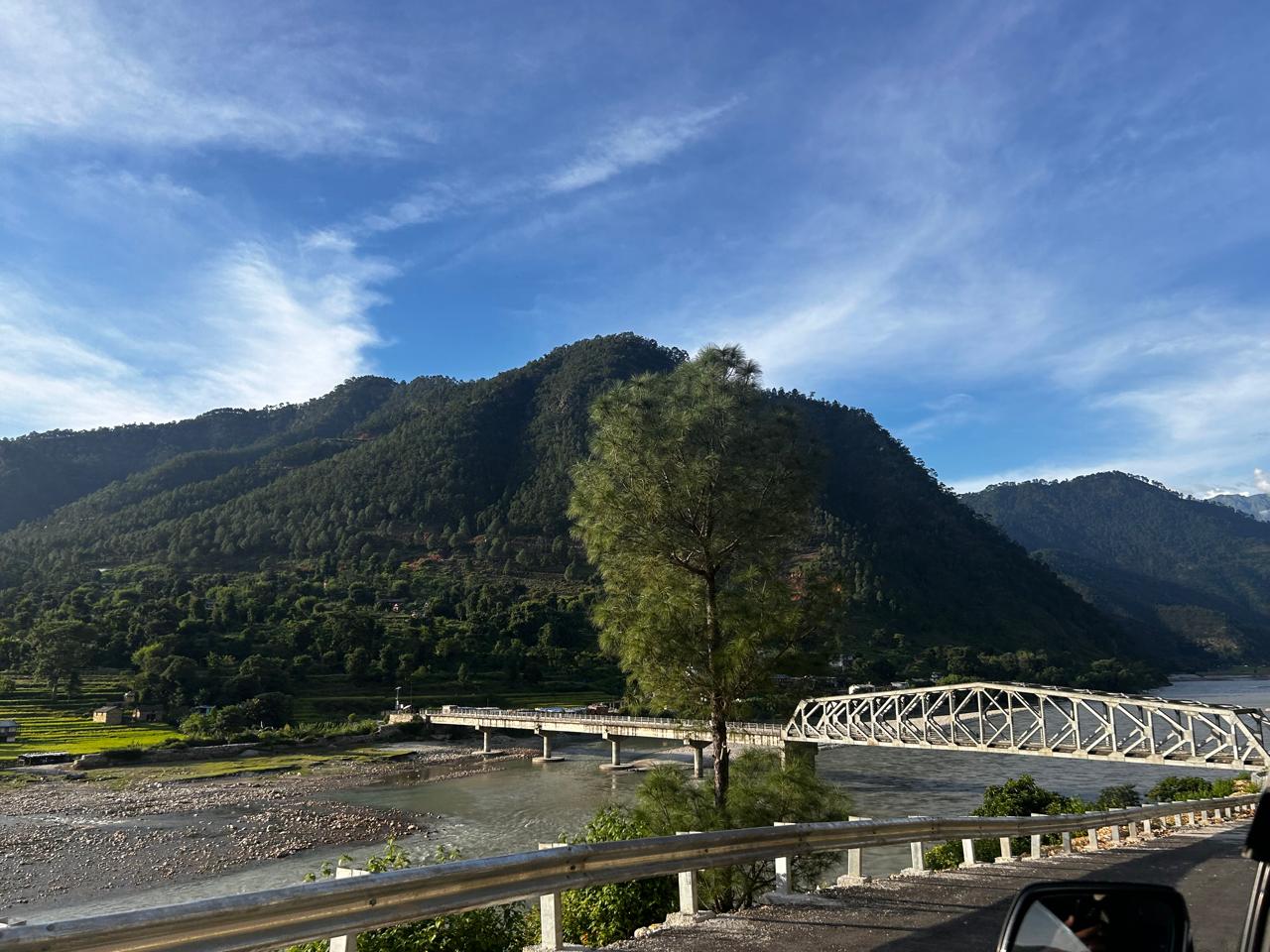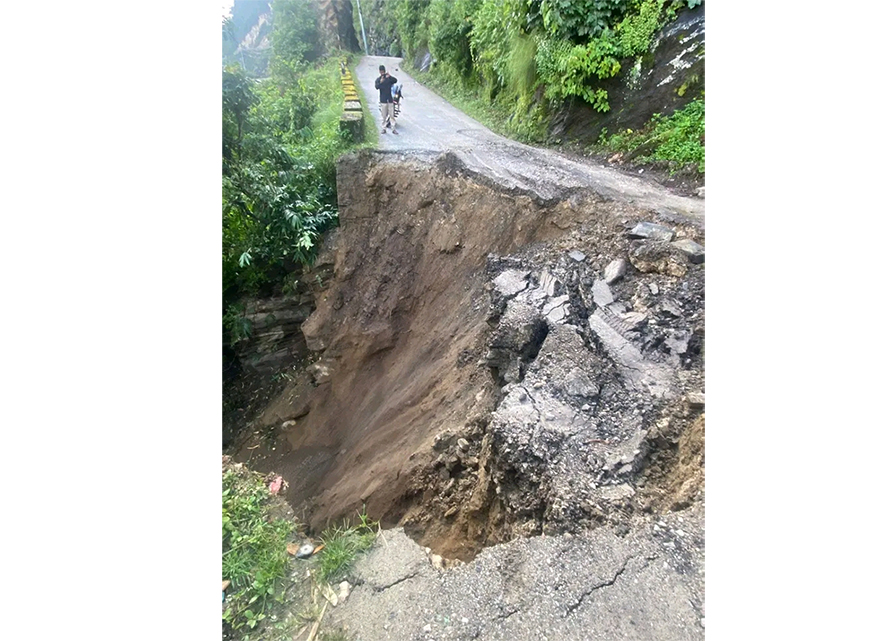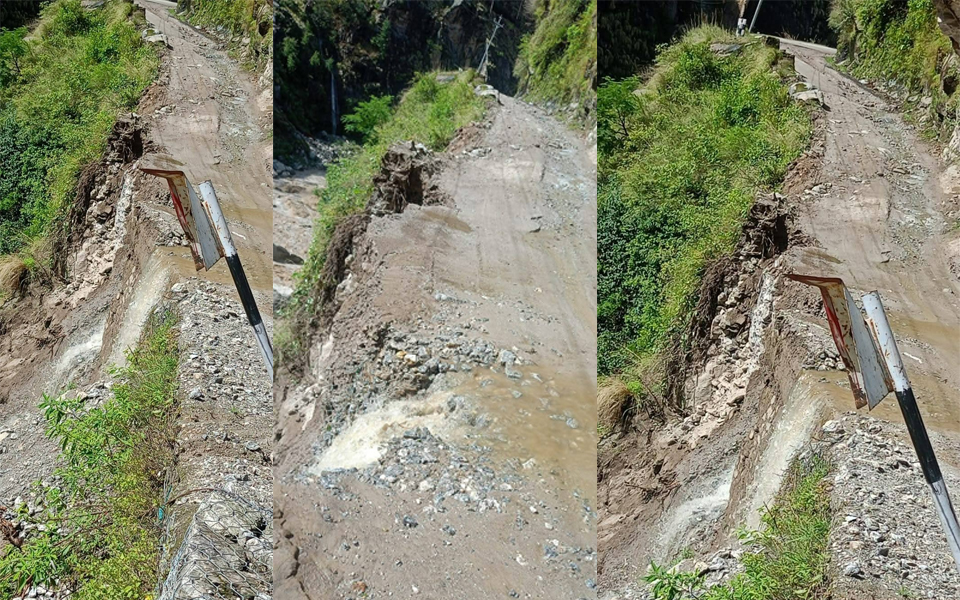Among the many development indices in which the Karnali province lags behind, the poverty rate of the region (i.e. 51 per cent) has been a major concern. Needless to say, Karnali is an economically deprived and socially backward region.
Meanwhile, in some recent government statistics, the rate of malnutrition in children under the age of five has been alarming, with 47.8 per cent. Similarly, 17.6 per cent of children are suffering from wasting, 37.4 per cent have low weight at birth, and 48 per cent are suffering from anaemia.
According to the Provincial Health Directorate, 30 per cent of children do not even have access to a basic diet.
Health workers say the prime reason for malnutrition in Karnali is not getting enough nutritious, balanced diet. The directorate also suggests, only one-fourth of the citizens of Karnali get the minimum food. “Three-quarters of the people of Karnali have difficulty for them to make ends meet, and are eating the same type of food. It is difficult for them to eat four meals a day,” says a senior nursing officer of the directorate, Man Kumari Gurung.
By 2025, the Nepal government wants to achieve zero malnutrition in the country as national nutrition goal. However, given the current situation in Karnali, it is not easy to meet the national target.
Low-investment in nutrition improvement
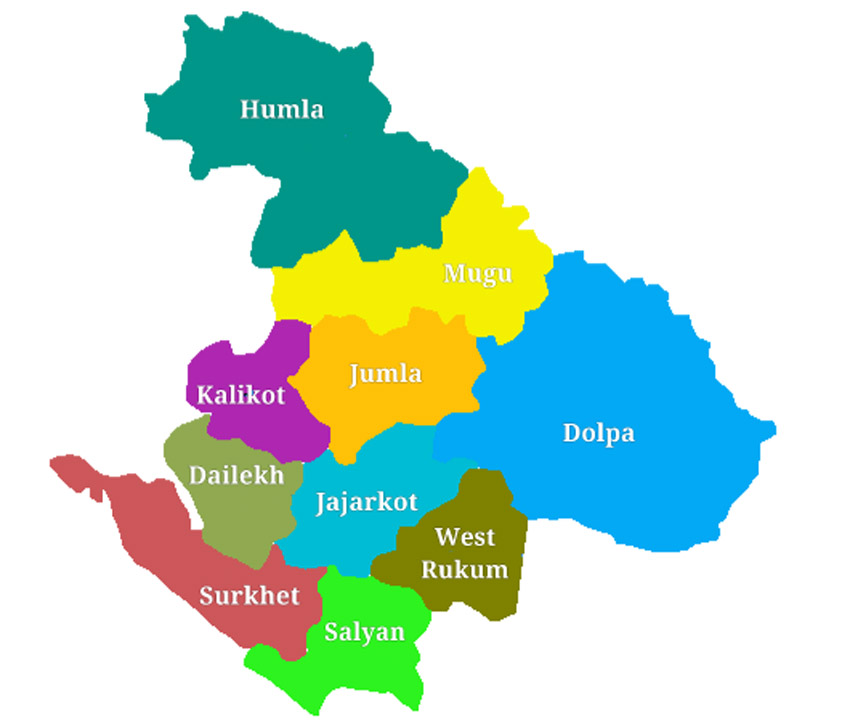
The government-level managerial investment to improve nutrition is low. Since 2014, the federal government has implemented a multi-sectoral nutrition programme in Karnali. For the programme, the new policy dictates that the provincial and local governments have to allocate 15 per cent of the budget for the same.
However, the local level has not been able to invest in the field of nutrition. The local governments have only allocated less than one per cent of the budget so far.
The spokesperson for the Ministry of Federal Affairs and General Administration, Basanta Adhikari, also says the current investment is not enough and affects long-term development. The nutrition programme has been implemented in all 79 local units of the province and the federal government has allocated Rs 193.6 million budget in the current fiscal year, he adds.
Lack of knowledge of local food consumption
According to a UNICEF Nepal report, there seems to be some improvement in the level of malnutrition in recent years. However, it is not satisfactory,
The agency’s Nutrition Officer Prakash Chandra Joshi says the rate of malnutrition is alarming and it is because of the decrease in the production of nutritious local food and lack of knowledge regarding how to consume the available food in a balanced way.
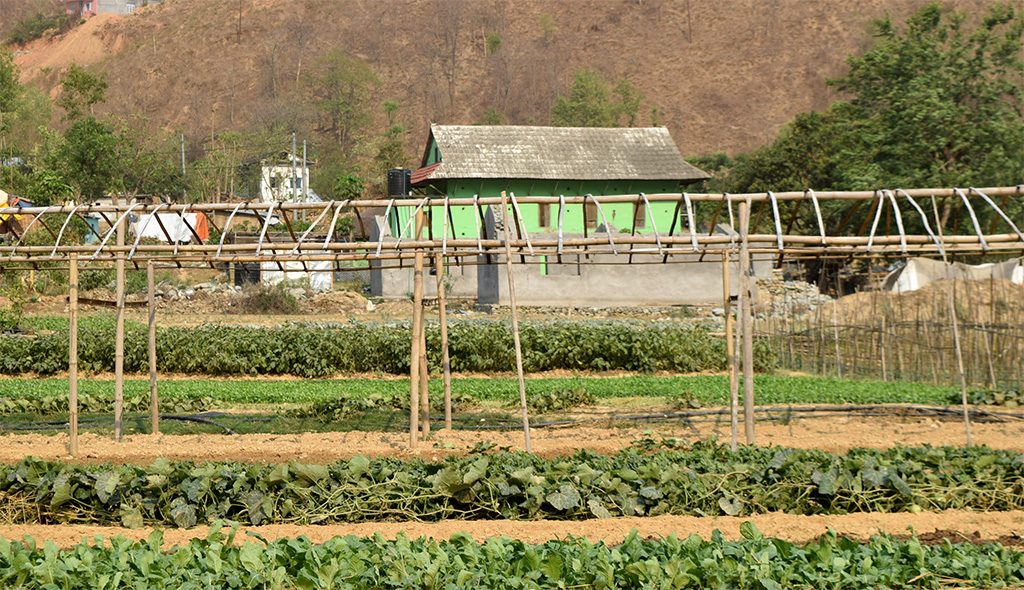
He says that increasing the consumption of local products would help in reducing malnutrition. “If we can want to improve, we can do it by feeding items of millet, buckwheat, greens, and eggs to pregnant women. But, we have not been able to do that.”
Need for nutrition education
The province’s Chief Minister Mahendra Bahadur Shahi says nutrition education is also essential in Karnali.

He stresses there is the need to bring change in the diet of the people of Karnali and that the province needs grassroots-level education to decrease malnutrition.
To make the province malnutrition-free, CM Shahi says it needs to move ahead by formulating policies, programmes and allocating enough budget for it. He also stresses the need for basic health knowledge in the local school curriculum.







